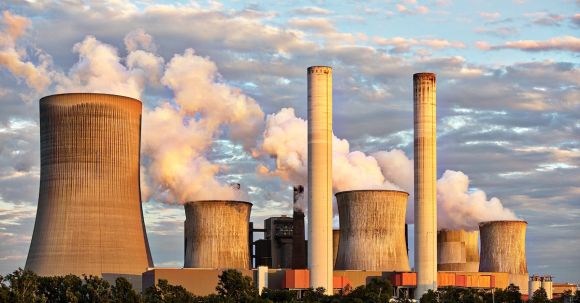The search for clean, sustainable, and abundant energy sources has never been more crucial. With concerns about climate change and finite fossil fuel reserves, scientists and engineers have been exploring various alternatives to meet the world’s energy demands. One promising candidate is fusion power, a technology that aims to replicate the energy-producing process of the sun. In this article, we will delve into the potential of fusion power and discuss whether it could truly be the energy source of the future.
Understanding Fusion Power
Fusion power is based on the principle of combining light atomic nuclei, such as hydrogen isotopes, to form heavier elements. This process releases an enormous amount of energy, similar to what occurs in the core of the sun. Unlike traditional nuclear fission, which involves splitting heavy atomic nuclei, fusion reactions produce significantly more energy while generating minimal waste and posing no risk of a catastrophic meltdown.
The Promise of Clean Energy
One of the most significant advantages of fusion power is its potential to provide clean energy. Unlike fossil fuels, fusion reactions do not release harmful greenhouse gases or contribute to air pollution. Moreover, fusion fuel sources, such as deuterium and tritium, are virtually limitless and can be extracted from seawater. This means that fusion power has the potential to meet the world’s energy demands without depleting natural resources or exacerbating environmental issues.
Overcoming Technical Challenges
Despite its immense potential, the development of fusion power has faced numerous technical challenges. One of the main obstacles is achieving and sustaining the extreme conditions required for fusion reactions to occur. These conditions involve heating the fusion fuel to temperatures exceeding tens of millions of degrees Celsius and confining it within a magnetic field. While significant progress has been made in recent decades, scientists are still working towards achieving a self-sustaining fusion reaction that releases more energy than it consumes.
Advancements in Fusion Technology
In recent years, there have been several notable advancements in fusion technology that have renewed optimism in its potential. One such development is the construction of experimental fusion reactors, such as ITER (International Thermonuclear Experimental Reactor), which aim to demonstrate the feasibility of fusion power on a large scale. Additionally, advancements in plasma physics and materials science have contributed to better understanding and control of fusion reactions.
The Road to Commercialization
While fusion power has shown promise in laboratory experiments and prototype reactors, the road to commercialization remains challenging. The construction and operation of practical fusion power plants would require substantial financial investments and long-term commitment from governments, research institutions, and private entities. Furthermore, regulatory and safety considerations must be addressed to ensure the viability and public acceptance of fusion power as a mainstream energy source.
The Future of Energy
In conclusion, fusion power holds tremendous potential as a clean, sustainable, and virtually limitless energy source. With its ability to produce large amounts of energy without harmful emissions or waste, fusion power could revolutionize the way we generate electricity and power our society. However, significant technical and financial challenges must be overcome before fusion power can become a commercially viable reality. Continued research, innovation, and international collaboration will be crucial in unlocking the full potential of fusion power and shaping the energy landscape of the future.





